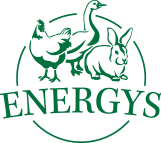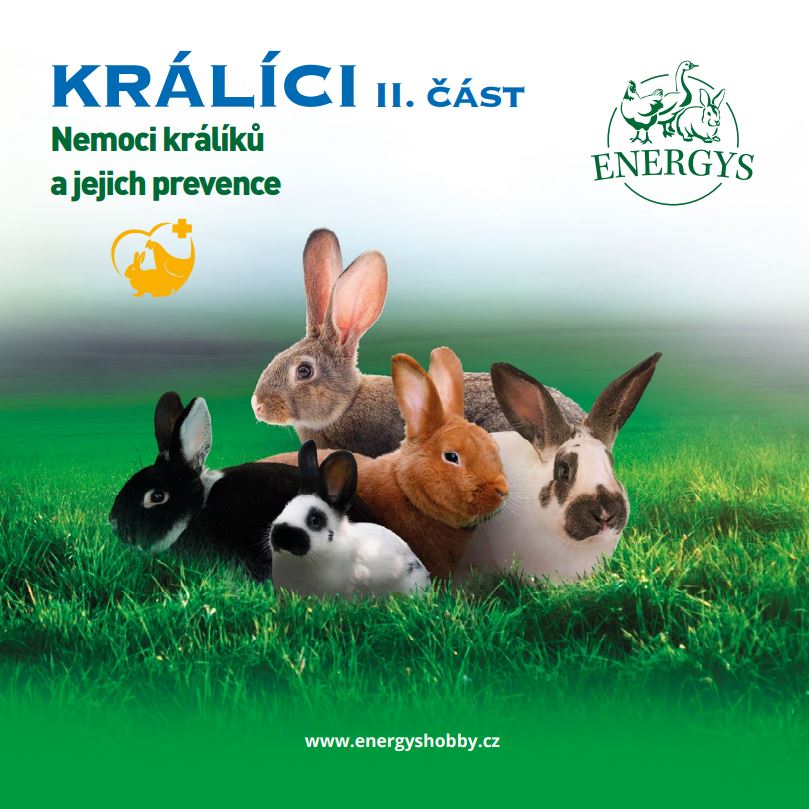Fattening broilers
Spring is the period when chickens start to be fattened in domestic conditions. For the purposes of meat production, it is best to use specially-bred hybrid meat breeds that have the genetic properties of fast growth and high muscle mass. These breeds are called broiler chickens or broilers.
Breeding broilers, or when I bring small chickens home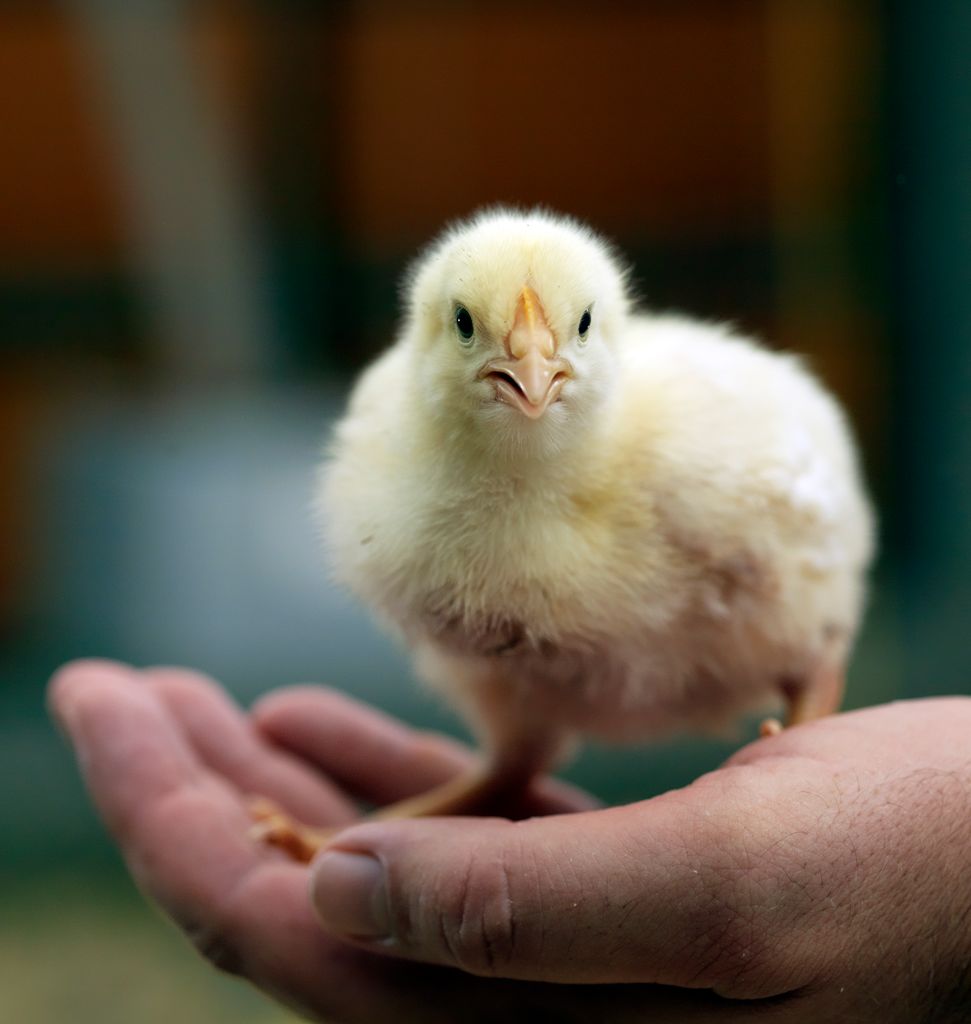
For chickens at an early stage it is ideal if you, increase the heat and light in the breeding facility, obviously depending on the season. On the first day of life, it is ideal for chickens to have light 24 hours a day, on the second day of life 23 hours a day and from the 7th day it is ideal for broilers to have 18 hours of light a day.
During the first week of life chickens are exposed to lots of stress factors, such as transport or getting used to solid feed. This causes a change to the stomach pH, which could lead to health problems due to the influence of an increased amount of E. coli bacteria. It is therefore a good idea to ensure that chickens in the first week of life have water with a pH of 4. This is possible to arrange using commercially-produced acidification agents or using 8% vinegar, which is diluted in a ratio of 0.1%. Always ensure there is plenty of water.
Fattening broilers
Starting of fattening chickens
As far as concerns nutrition, it is also decisive in the first week of broilers’ life. In a manner similar to other animals, it is hard to make up later for a mistake with feeding at the start. This means that it takes the chickens longer to grow to the required weight and they are more expensive. This is because in the first days of life the metabolism is faster and the relative speed is greater, so the demands on nutrition are high.
For feeding broilers in the first two weeks of life most people use a starter for broilers in the form of crushed complete compound feed. With the exception of water, the animals do not need anything else. The protein content in feed is important for the growth of muscle mass. No less important, however, are amino acids, in particular methionine and lysine, which are added to compound feeds and are a building block for proteins.
Starters are usually enriched with an anti-coccidial to suppress coccidia and therefore prevent increased dying off. Salinomycin is often used as feed for broilers, but it is poisonous for turkeys, so never feed turkeys with broiler feed with an anti-coccidial!
Middle stage of fattening
From the start of the third week of the life of chickens for fattening a grower is administered; the ideal form is granulate. This limits unnecessary feed losses. The relative intensity of broilers’ growth is a little lower in this period, so the feed does not have to be that concentrated and the protein content is lower by approx. 1% than in starter. The amino acid content, as well as anti-coccidials to reduce die off, are again important.
Grower is fed to chickens until five days before slaughtering. If you are fattening chickens at home up to higher weights, however, it is enough if you administer grower up to the 40th – 45th day of age.
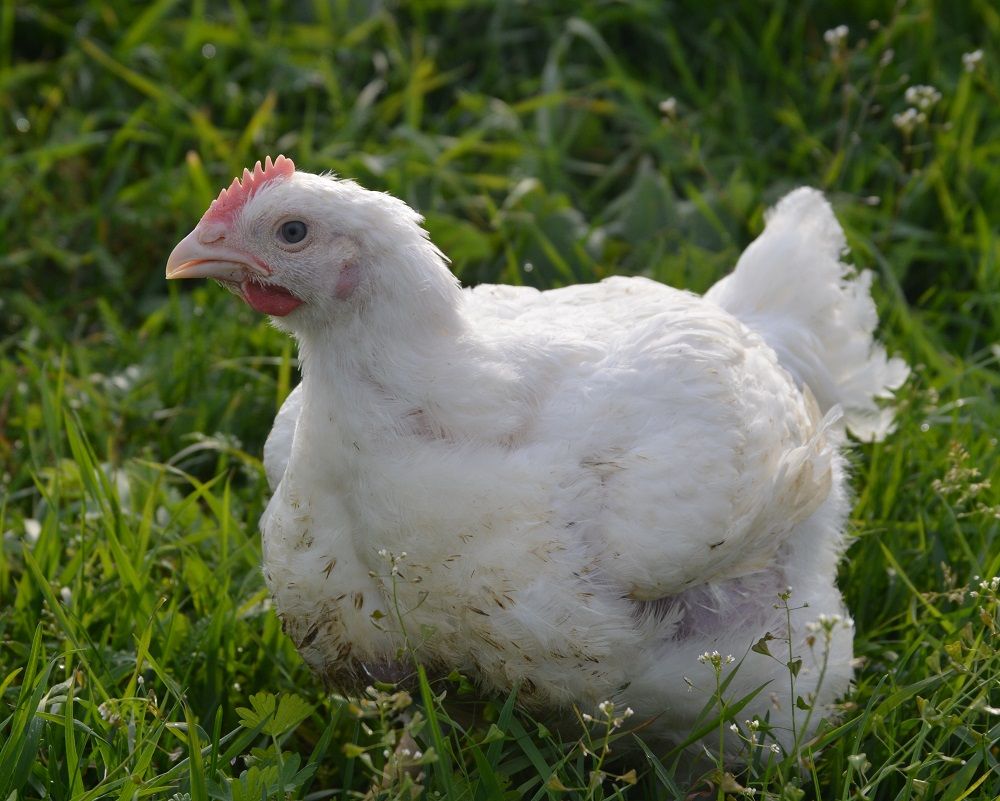
End of fattening
You then move to a finisher, which is granulated feed for the last stage of fattening. This means that it is administered until slaughtering, but for at least the last five days. In this period relative growth is slower and the protein content in feed is therefore again approx. 1% lower. Finisher does not contain an anti-coccidial. In this period you can save on feed a little, so finisher can be mixed, for example, with corn middlings.
Using cereals for fattening broilers
The aforementioned procedures concern the use of complete compound feeds, i.e. feeds that contain all the necessary substances and where the animals then just need pure water.
There are, however, breeders who have access to their own cheap cereals, mostly wheat or corn. In this case, for the purposes of fattening cereal is mixed with protein concentrate in loose form, which is based on soya, the most-used source of protein. In accordance with the concentrate producer’s instructions, mix cereals, best of all in middling form, with concentrate, in various ratios in accordance with the fattening stage.
Due to the influence of the loose structure, however, assume losses of feed due to the influence of scratching, etc. There may also be higher losses of livestock because of the absence of anti-coccidials and a higher content of mould and mycotoxins in the cereals. The mould content in complete feed is minimal, due to the heat treatment.
Taste of chicken meat
From the 40th day, broilers start to store fat, known as the “bearer of taste”, in their meat and the meat also becomes more mature. This means that the longer you fatten chickens, the more fat they will contain and the better they will taste. Due to the fat content the skin colour changes to yellow.
Conclusion
In conclusion, bear in mind that the first stage of fattening is the most important for the whole result. The concentration or strength of the feed is not shown only by the protein content, but also by the amino acid content (e.g. methionine and lysine). At least five days before slaughtering, stop using a feed with an anti-coccidial content. Never give turkeys broiler feed. Always ensure there is plenty of fresh drinking water.
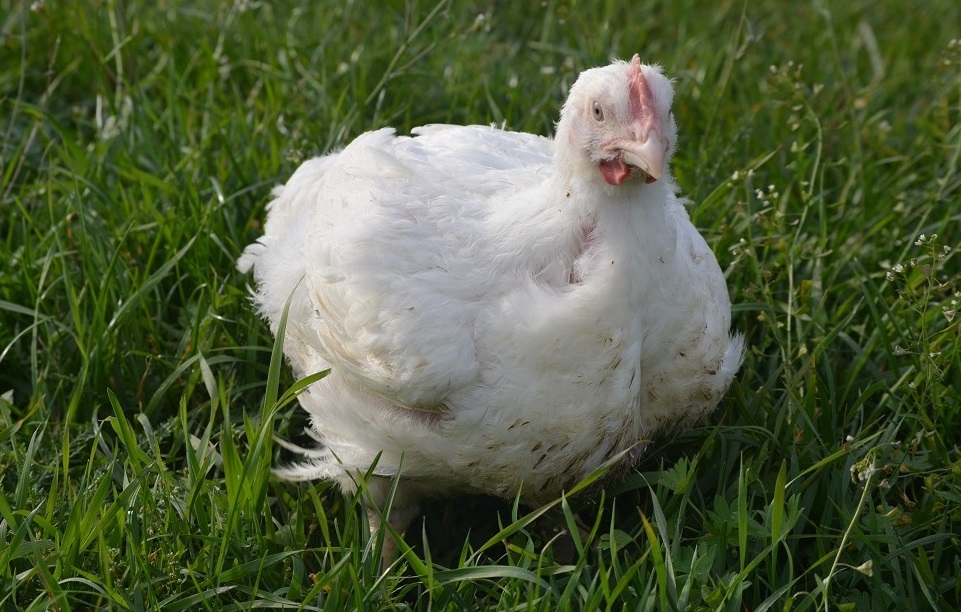
Související články
16. března 2022
Zveřejnil: Tým Energys Hobby
Při výběru krmiva (nejen) pro drůbež je nezbytné vycházet z účelu chovu či z fáze výkrmu. Krmiva Energys Hobby tyto potřeby akcentuje, a tak si určitě vyberete, ať už je vaše drůbež v jakémkoliv vývojovém stádiu. Jak ale to pravé krmivo vybrat, a které je pro Vaši drůbež nejvhodnější?
9. prosince 2021
Zatímco pro odchov a výkrm běžných druhů a užitkových typů drůbeže existují technologické postupy, pro tzv. netradiční druhy drůbeže, ale i běžců s potenciálem pro komerční využití je zmiňovaných návodů poskrovnu. V tomto článku se dočtete základní informace o chovu barbarií a divokých kachen.
22. února 2021
Zveřejnil: Tým Energys Hobby
Jaro je obdobím, kdy se začínají vykrmovat kuřata v domácích podmínkách. Pro účely produkce masa je nejlepší používat vyšlechtěná hybridní masná plemena, která mají geneticky danou vlastnost rychlého růstu a vysokého osvalení. Taková plemena se souhrnně nazývají brojlerová kuřata či brojleři.
20. listopadu 2020
Při krmení a výkrmu kachen a hus je nutné uvědomit si rozdílnosti zásadních požadavků na výživu. Zkušenému chovateli jsou alespoň základní odlišnosti mezi husou, kachnou a pižmovkou známy.
10. října 2020
Zveřejnil: Dušan Barlík – In memoriam
Připravili jsme přehled několika dalších druhů. V textu najdete kachnu mulard, kachnu brojlerovou pekingskou či kachnu pižmovou.
Související produkty
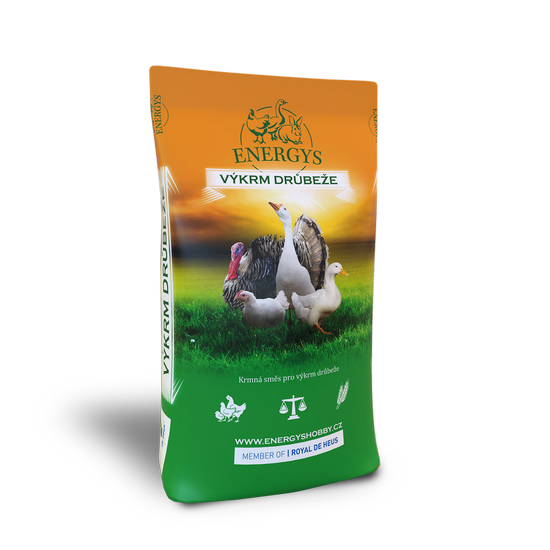
DRŮBEŽ UNI 30
Sypký koncentrát pro výkrm všech kategorií drůbeže, který obsahuje sóju nejvyšší kvality. Míchá se s obilím v poměru 20 – 40 % (dle druhu nebo fáze výkrmu). Přispívá k rychlému růstu a vysoké zmasilosti. Neobsahuje kokcidiostatikum. Lze použít také pro krmení slepic.

BROJLER MAXI
Krmivo pro závěrečnou fázi výkrmu brojlerů. Podpora vysoké zmasilosti a delikátní chuti masa. Začněte používat 5 či více dnů před porážkou. Neobsahuje kokcidiostatika.

BROJLER MIDI FORTE
Granulovaná krmná směs pro intenzivní výkrm brojlerů od 15. dne věku do min. 5 dnů před ukončením výkrmu. Obsažená kokcidiostatika snižují mortalitu v průběhu výkrmu. Pro další fázi výkrmu je vhodná směs Brojler MAXI.

BROJLER MINI FORTE
Drcená krmná směs s kokcidiostatikem, pro intenzivní výkrm brojlerových kuřat do 14. dne stáří a podporu rychlého růstu a výborného zdravotního stavu Vašich brojlerů.

KACHNA MAXI
Granulovaná směs pro výkrm kachen a hus od 3. týdne stáří do porážky. Obsažené živiny podporují rychlý růst, vysokou zmasilost a delikátní chuť masa.

KACHNA MINI
Kvalitní drcená směs pro výkrm kachen a hus do 2. týdnů stáří. Je vhodná pro rychlý růst a vysokou zmasilost.

KRŮTA MAXI
Krmivo pro závěrečnou fázi výkrmu krůt. Používejte od 13. týdne stáří. Neobsahuje kokcidiostatikum.

KRŮTA MIDI FORTE
Kvalitní granulované krmivo s kokcidiostatiky pro výkrm krůt od 5. do 12. týdne věku. Je základem pro rychlý růst, vysokou zmasilost a výborný zdravotní stav Vašich krůt. Obsah kokcidiostatik snižuje mortalitu v průběhu výkrmu. Navazuje po zkrmení směsi Krůta Mini Forte. Živá hmotnost na konci tohoto období by měla být u krůt asi 5,9 kg a u krocanů 8,9 kg.

KRŮTA MINI FORTE
Drcená směs s kokcidiostatiky pro výkrm krůt do stáří 4 týdnů. Je základem pro vysokou zmasilost. Následně použijte směs Krůta Midi Forte.
